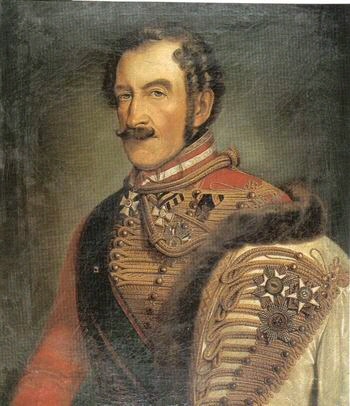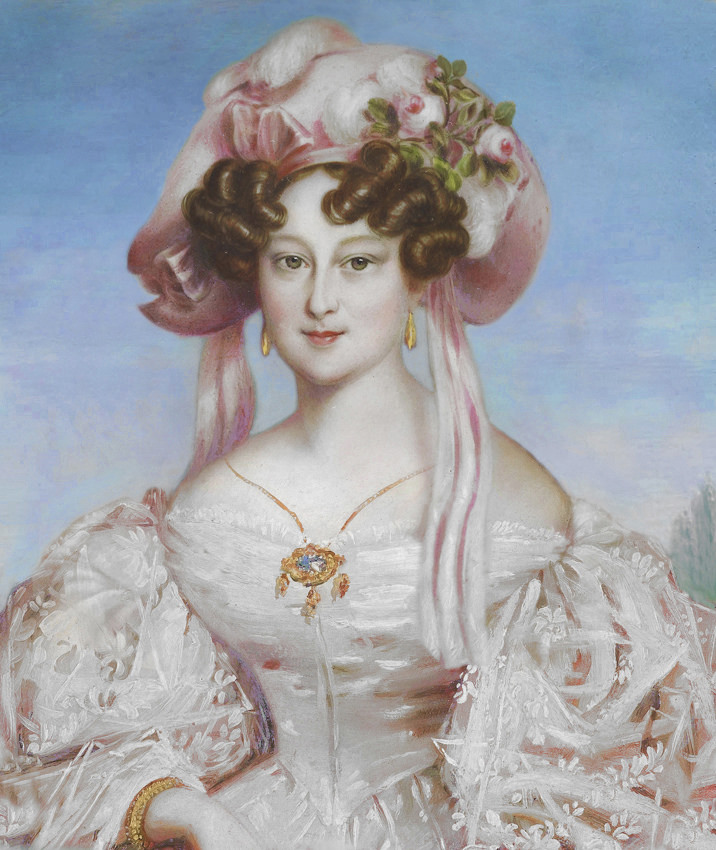The Princely House of Monaco, a sovereign entity nestled between France and Italy, has long been a symbol of elegance and refinement. As the world's second-smallest country, Monaco's unique blend of luxury and tradition has captivated the imagination of many. But what lies beneath the surface of this picturesque principality? In this article, we will delve into the current state of the Princely House of Monaco, exploring the intricacies of its governance, the role of the monarch, and the challenges it faces in the modern era.
From the historic roots of the Grimaldi dynasty to the present-day monetary and economic realities, we will examine the multifaceted nature of Monaco's governance. We will also discuss the evolving role of the monarch, Prince Albert II, as he navigates the complexities of international diplomacy and domestic policy. By shedding light on the current state of the Princely House of Monaco, we aim to provide a comprehensive understanding of this fascinating and resilient institution, one that continues to thrive despite the challenges of the modern world.
what are the key points to include in an introductory paragraph for a history essay
- Background Information:
- Provide historical context about the topic, including relevant dates, events, people, and places.
- This helps the reader understand the significance of the topic and the argument you will present.
- Hook:
- Start with a hook that grabs the reader's attention, such as a surprising fact, a provocative quote, or a vivid description.
- This sets the tone for the rest of the essay and encourages the reader to continue.
- Thesis Statement:
- Clearly state your main argument or point in a concise and focused manner.
- This establishes the direction of the essay and helps the reader understand what to expect.
- Signpost Sentence:
- End the introduction with a sentence that indicates the direction of the first body paragraph.
- This provides cohesion between the introduction and the main body of the essay.
- Concise and Clear Language:
- Use simple and clear language to avoid confusion and ensure the reader can follow your argument.
- Keep the introduction brief and to the point, typically taking up no more than 10-15% of the total word count.
how can I effectively use a hook to start my history essay
- Start with a Hook:
- Begin your introduction with a hook that grabs the reader's attention. This can be a surprising fact, a provocative quote, or a vivid description related to your topic.
- Provide Context:
- After the hook, provide some background information about the topic. This helps the reader understand the significance of the topic and the argument you will present.
- Clearly State Your Thesis:
- Clearly state your thesis statement, which should provide a concise summary of the main argument or point of your essay.
- Outline Your Arguments:
- Briefly outline the main points you will be discussing in your essay to give the reader an idea of what to expect.
- Keep it Concise:
- Keep your introduction brief and to the point, taking up no more than 10-15% of the total word count.
what are some surprising facts I can use as hooks for my history essay
- Historical Statistics:
- "The average lifespan of a Roman soldier was around 25 years, with many dying from battle injuries or diseases" .
- "The Great Fire of London in 1666 destroyed over 13,000 houses and left 70,000 people homeless" .
- Unusual Events:
- "The shortest war in history was between Britain and Zanzibar on August 27, 1896, lasting only 38 minutes" .
- "The first computer bug was an actual insect that got stuck in the Harvard Mark II computer in 1947" .
- Interesting Cultural Practices:
- "In ancient Greece, the Olympic Games were held every four years, and athletes were rewarded with olive wreaths and other prizes" .
- "The ancient Egyptians used a 365-day calendar, with an extra day added every four years to account for the extra day in the solar year" .
- Historical Figures:
- "Leonardo da Vinci was a prolific inventor, designing flying machines, armored vehicles, and submarines, among other inventions" .
- "Albert Einstein's theory of relativity revolutionized modern physics, changing our understanding of space and time" .
- Historical Events:
- "The Black Death, which swept through Europe in the 14th century, killed an estimated 75 to 200 million people, roughly 30 to 60% of the population" .
- "The first successful heart transplant was performed by Dr. Christiaan Barnard in 1967, marking a major breakthrough in cardiac surgery" .
 |
| King Simeon II and Queen Margarita of Bulgaria with Princess Marie-Louise. |
On 5 May 2015, King Simeon II issued an ukase from Vrana Palace. In this document, the king ceded the title of Fürstin von Kohary, with the style of Highness, to his sister Princess Marie Louise of Bulgaria.
 |
| Prince Ferdinand of Saxe-Coburg and Gotha. |
 |
| Princess Maria Antonia von Kohary. |
In the ukase, His Majesty made reference to his and his sister's descent from Prince Ferdinand of Saxe-Coburg and Gotha and his wife Princess Maria Antonia von Kohary. Maria Antonia was the only surviving child of Count Ferenc József Koháry de Csábrág et Szitnya and his wife Countess Maria Antonia von Waldstein-Wartenberg. On 15 November 1815, Ferenc József was granted the title Fürst von Kohary by the Emperor of Austria. Two weeks later, on 30 November 1815, Ferenc József's daughter Maria Antonia married Ferdinand of Saxe-Coburg and Gotha, son of Duke Franz of Saxe-Coburg-Saalfeld and Countess Augusta Reuß zu Ebersdorf.
 |
| The wedding of Princess Maria Luisa and Bronislaw Chrobok. Photo (c) King Simeon II. |
His Majesty decreed that the title is hereditary to the descendants of Princess Marie Louise by her second marriage to Bronisław Chrobok, whom she married in 1969. The princess and Mr Chrobok have two children: Alexandra-Nadejda Chrobok (b.1970) and Pawel (Paul) Alastair Antoni Chrobok (b.1972). In 2001, Alexandra Chrobok married Jorge Champalimaud Raposo de Magalhães (b.1970); the couple have three children: Louis Raposo de Magalhães, Jeanne Raposo de Magalhães and Clémentine Raposo de Magalhães. Pawel Chrobok married Ariana Oliver Mas; the couple have two children: Maya Chrobok (b.2015) and Alexander-Ferdinand Chrobok (b.2017). As a result of this ukase, Alexandra Chrobok became Her Highness Alexandra Chrobok, Princess von Kohary, and Pawel Chrobok became His Highness Pawel Chrobok, Prince von Kohary. The grandchildren of Princess Marie Louise by her second marriage presumably also already bear the style and title His/Her Highness Prince(ss) von Kohary.
 |

|
Source: https://www.kingsimeon.bg/wp-content/uploads/2014/11/Nie_Simeon-II_Kohary.pdf
As we conclude our exploration of the Princely House of Monaco, it is essential to acknowledge the significance of this institution in modern history. The current state of the Princely House of Monaco is a testament to its resilience and adaptability in the face of changing global dynamics. From its historic roots to its modern-day governance, the Princely House of Monaco has consistently demonstrated its ability to evolve and thrive. As we reflect on the intricacies of its governance and the role of the monarch, we are reminded of the importance of understanding the complexities of this institution. The Princely House of Monaco is more than just a symbol of elegance and refinement; it is a living embodiment of the principles of tradition, adaptability, and leadership.
In conclusion, the Princely House of Monaco is an institution that continues to captivate and inspire us. As we move forward in this ever-changing world, it is crucial that we continue to learn from the current state of the Princely House of Monaco and its enduring legacy. The lessons we can draw from its history and governance are invaluable in shaping our understanding of leadership, tradition, and the importance of adapting to change. As we look to the future, we can draw inspiration from the Princely House of Monaco's unwavering commitment to its values and its people. The Princely House of Monaco is a shining example of the power of tradition and the importance of staying true to one's roots while embracing the challenges of the modern world.
what are some effective ways to conclude a blog post about historical topics
- Restate Key Points:
- Summarize the main arguments or points made in the blog post to reinforce the reader's understanding of the topic.
- Implications and Impact:
- Discuss the implications of the historical event or topic on modern understanding and how it continues to influence contemporary society.
- Call to Action:
- Encourage readers to engage further by asking questions, providing additional resources, or inviting discussion.
- Chronological Context:
- Use a chronological approach to conclude the blog post by referencing an event that occurred after the topic, providing a sense of closure and context.
- Thesis Reiteration:
- Restate the thesis or main argument in a different way to reinforce its importance and relevance.
- Additional Insights:
- Offer additional insights or perspectives that were not covered in the main body of the blog post, but are relevant to the topic.
- Historical Significance:
- Highlight the historical significance of the topic and its enduring impact on modern society.
- Future Research Directions:
- Discuss potential areas for further research and how new evidence could support or challenge existing conclusions.
- Historical Contextualization:
- Provide historical context to help readers understand the relevance and importance of the topic in modern times.
- Engaging Questions:
- End the blog post with thought-provoking questions that encourage readers to reflect on the topic and its implications.

No comments:
Post a Comment